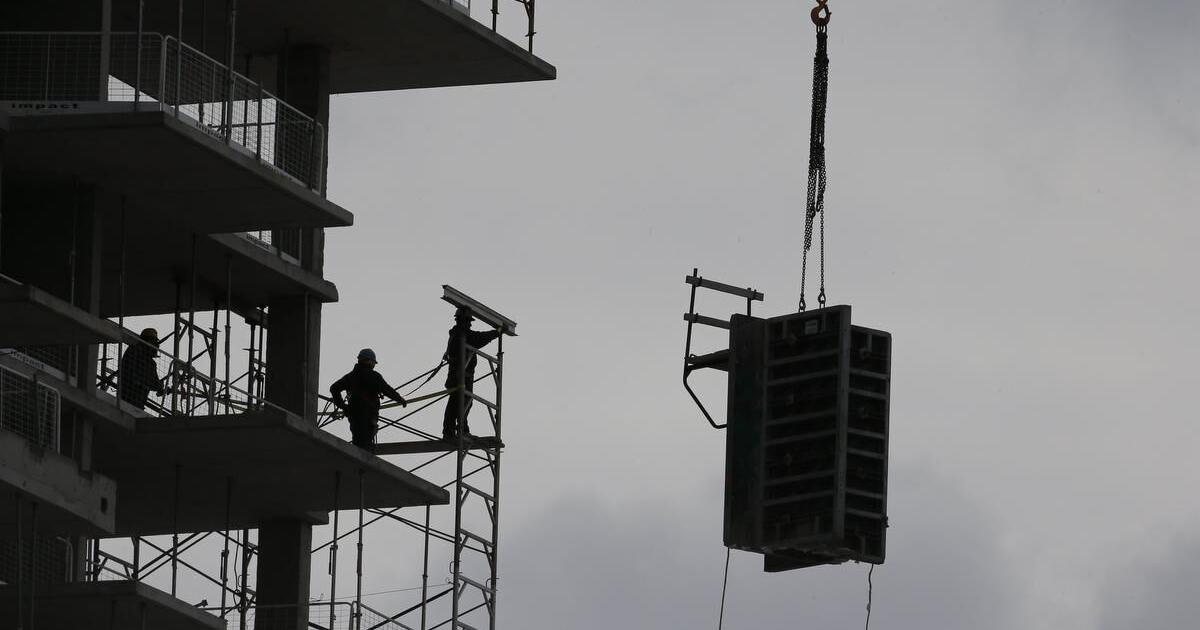goreckm
Active Member
Now we got to deal with thousands of homeless migrants. Many of them will end up in Toronto. Quebec is sending bus loads of them to Ontario. Where exactly are we going to house them????
Migrant encampments will pop like you see in NYC. What mess NYC is in. Too many asylum seekers not enough housing.
Niagara Falls mayor want's them out of the hotels before tourist season starts.

Niagara Falls mayor says he wants federal plan for thousands of asylum seekers in hotel rooms as tourist season approaches
The mayor of Niagara Falls is raising concerns about a potential hotel room shortage as a result of an influx of asylum seekers in the city.www.cp24.com
Only solution here is to build housing, lots of it, and fast.
If this is shocking to you that we will have to deal with thousands of homeless migrants now, just wait. This will become an ever increasing thing as the climate changes, and as countries are economically devastated by the West's need for continuous growth.
We need to be able to handle the influx of people with dignity and care. We have lots of room, we are an extremely rich country, let's put our resources to good use.








